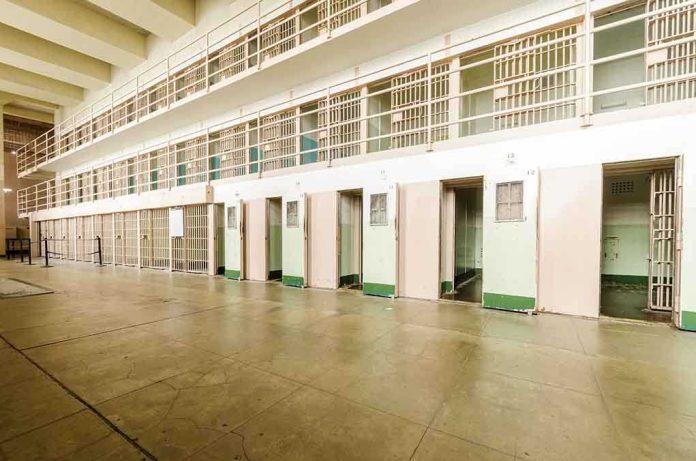
What do a skeleton crew and a spiraling overtime budget have in common? If you’re thinking New York’s prison system, you’re spot on.
At a Glance
- New York State’s prison system spent a staggering $445 million on overtime in 2024.
- Correctional staffing has dropped by nearly 23% since 2015.
- Overtime hours per employee surged by 26% between 2023 and 2024.
- Persistent staffing shortages may lead to long-term fiscal and operational challenges.
The Costly Cycle of Overtime
New York State prisons have become a revolving door of staffing issues and budgetary woes. In 2024, the New York State Department of Corrections and Community Supervision (DOCCS) spent an eye-watering $445 million on overtime, the highest among all state agencies. This marked a nearly 21% increase over the previous year. With correctional staffing levels plummeting nearly 23% since 2015, it’s no wonder overtime has reached these dizzying heights.
The relentless rise in overtime isn’t a recent phenomenon. Since 2015, DOCCS has grappled with dropping staff numbers and increasing operational demands. By 2023, the workforce had shrunk by a further 1,000 employees, and overtime spending was already climbing. The crux of the problem? A smaller workforce bearing the brunt of maintaining essential security and operations. It’s a vicious cycle that shows no signs of slowing down.
Who Bears the Brunt?
The spiraling overtime costs aren’t just numbers on a ledger; they have real-world implications. Correction officers and sergeants are on the front lines, clocking up over 5.6 million overtime hours in 2024 alone. With average overtime rates standing at $54.03 for officers and $64.27 for sergeants, the financial burden is matched only by the physical and mental toll on staff. Fatigue, increased stress, and potential safety risks are becoming part and parcel of the job.
For incarcerated individuals, the impact is more subtle but no less significant. With staffing shortages come changes in facility operations, from post closures to reduced programming. The ripple effect extends to taxpayers, who ultimately shoulder the financial burden of rising overtime costs. It’s a domino effect that impacts the entire criminal justice system and fuels debates over public safety and state spending priorities.
What Lies Ahead?
In the short term, overtime spending may help keep the wheels turning in New York’s prisons, but it’s a band-aid solution at best. The relentless reliance on overtime is already creating ripples in recruitment and retention efforts, with potential long-term consequences for the state budget. Labor unions are rallying for increased hiring and improved working conditions, warning that chronic understaffing endangers both staff and inmates.
Experts and policymakers alike agree that addressing the root causes of the issue—namely recruitment, retention, and operational needs—will be crucial for sustainable solutions. Some suggest increased funding to hire more staff, while others argue for reducing prison populations or consolidating facilities to ease operational demands. Whatever the approach, it’s clear that the status quo is untenable.
Sources:
New York State Comptroller’s Office Report
DOCCS Annual Legislative Report














